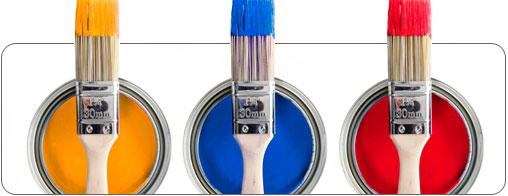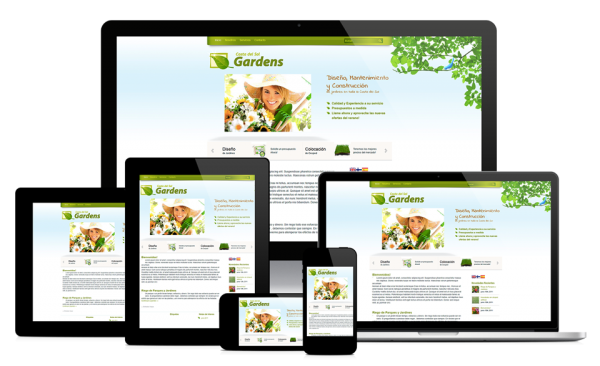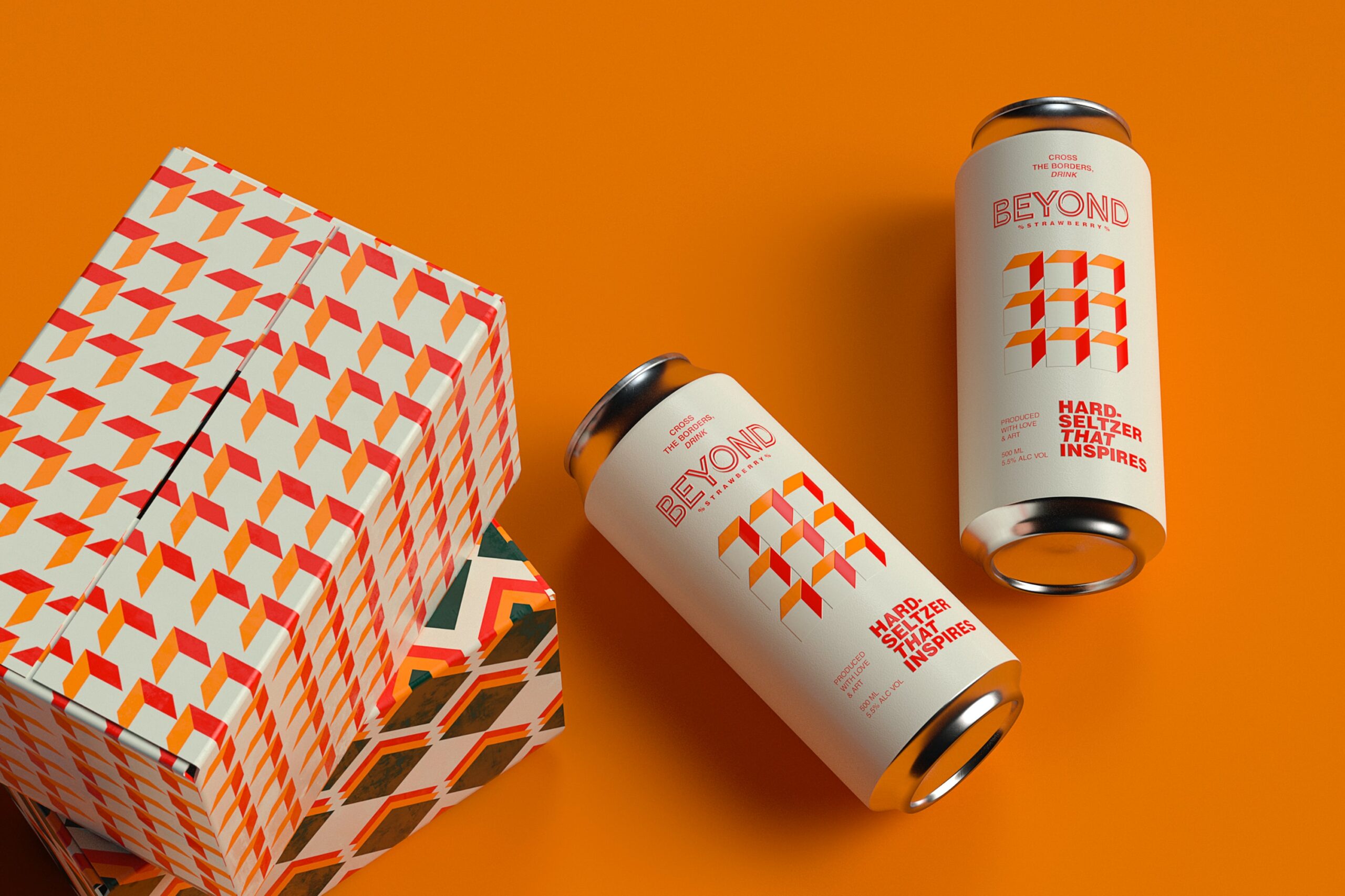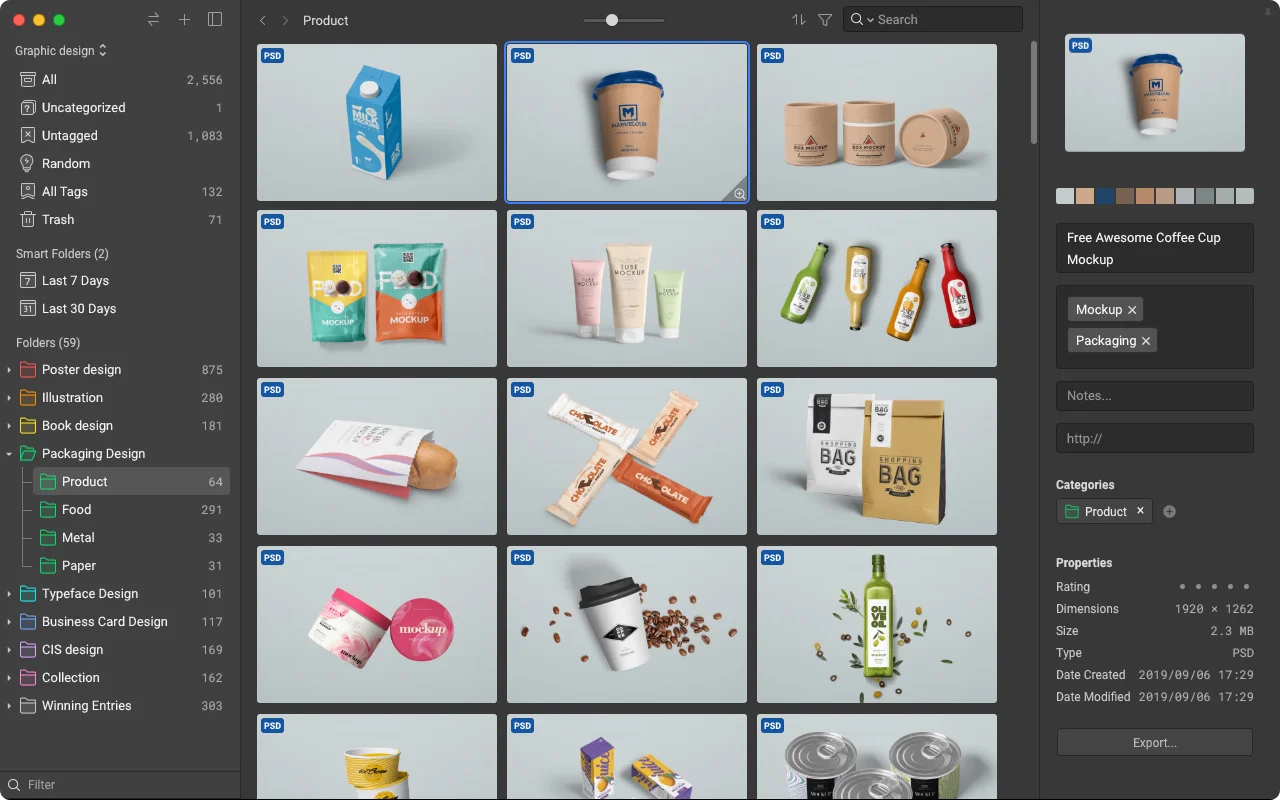User Experience is a very fluid concept. The whole concept of delighting users with the website design so much so that they fall in love with it is based on a very subjective premise. Your website is not being designed for a homogeneous target audience but for an audience whose make up is heterogeneous. You are catering to different tastes, varied interests and individual preferences. What you are trying to do while designing a delightful user experience is identifying commonalities that run through your target audience and catering to them.
Some designers find it difficult to transcend the blurriness of user experience to zero in on the tangibles. The idea behind this article is to offer a collection of tips that will help simplify the process of designing a satisfying user experience by focusing on the tangibles and ignoring the intangibles.

Don’t Confuse it with Usability
I have seen plenty of web designers, especially newbies, who use the terms usability, and user experience interchangeably. My first tip to them is – Don’t confuse the two. While UX relates to what a user feels while using your website, usability is the level of user friendliness of your website and the performance of its UI. Usability could be called a subset of UX and is just one of the elements that define the experience of using a website.
Don’t Replicate User Experiences
Something else that I see quite often is that designers keep trying to use the one size fits all policy for UX. The nature of UX means that an experience that works for one website won’t necessarily work for another. As designers, it’s our job to understand the value proposition of the site, its products, and mission and to make sure that the UX is tailored to suit each one of these aspects.
Importance of Ideation
UX begins with ideation. Think of UX as a visual representation of your ideas on a canvas a.k.a. your website. The fact is, you must make ideas happen and their innovative potential determines the success or failure of your UX. Your ideas shouldn’t be messy, but offer a clear value proposition to users. You must train yourself to conceptualize ideas that can be executed to perfection. Near perfect execution is not an option.
Think of yourself as an influencer and not a designer
It’s important to note that user experience cannot be designed, but only influenced through your choice of design elements. As a designer, you act as the influencer who tries to bring forth the required emotions and actions out of the visitor, through perfect designing decisions. Think of what the users will like seeing on the site and make sure you deliver on their expectations.
Focus on User Flows
If you want to create a positive user experience, you must put a premium on designing user flows. By focusing on user flows you are determining how successful user interaction with the website will lead to the fulfillment of its objectives. The client would already have shared his business’s goals vis-à-vis the website so understand them and also give a degree of thought to the users objectives with respect to the site. Your design flow must meet both the client(business) and user objectives.
To put it simply – Say A is the landing page of your site and B is the user objective in the form of buying a particular product. A user flow defines how the user will get from point A to B in the shortest and most convenient manner possible.
Design for Familiarity
Choose user interface design patterns that users are familiar with. Don’t worry if you pick commonly used patterns that are also used on other sites. But make sure that the UI elements that are a part of this pattern for e.g. bread crumb navigation etc. will improve user efficiency while performing tasks on your website. Great user experiences are built around self-explanatory designs. This is why familiar design patterns are important.
Storytelling

All successful web designs tell a great story. When you are thinking about a design idea for your website, make sure that the idea allows you to tell a great story which is the story of your brand, of your products, of your objectives or something else. Your website might have the driest data ever, but putting it across to the user in the form of a story that has a beginning, middle and an end, is a great way of catching their attention. A story helps you invest your design with emotion. It helps you sort out the direction of your web designing endeavors.
Visual Consistency

Sometimes, it’s something as simple as ensuring that the brands logo appears at the same place on all pages of the website that improves the user experience of a site. Don’t forget, its consistent word spacing, line spacing, image positioning, texture, background color etc. that helps power the user experience, so don’t ignore the fundamentals.
Clear Navigation

This is right up there amongst the factors that determine the success of your UX. Your website navigation is one of the most important aspects of your website. It allows visitors to move through the different website pages and get their bearings. So, it must be something that can be used effortlessly.
Don’t just make it about your products and services
No doubt a website is an important part of a business’s marketing mix and its #1 goal is to generate brand awareness about the business promote its products and services. But, in order to improve user experience it’s important to give users something extra. Something like a list of resources, or some ‘how to’ articles or something else that makes them want to stay on your site. A well-designed blog section is a great way of propping up the experience of using the site.
Nurture user interaction
UX is what you make of it. So make sure your website is doing enough to interact with its visitors. Invite comments, reply to those comments, request user feedback, and do everything you can to improve the interaction levels of your site. One of the better and more popular ways of inviting interaction on your site is by implementing various social plugins and making it social media friendly.
User Engagement but not just through Words
Words are important and at some level engage the users, but depending on words alone as catalysts for engagement is the wrong way of going about things. Use videos, infographics and images to improve the site’s engagement quotient. Product or services videos, case studies and interesting infographics are a great way of improving the user takeaways from a particular site.
Make sure your website is easily found

On-site user experience will only come into play if and when your target audience is able to find your website and therefore ‘online marketing’ techniques like SEO also play a huge role in your site’s user experience. Use a combination of offline and online marketing techniques to improve your website’s usability.
Loading Speed

The speed at which your web page loads is a crucial factor in the user experience of your site. No visitor likes waiting for a web page to take its own sweet time to load. If there is a choice between using some glorious visuals and animation on your site but which will affect its loading time and toning down on the visuals to improve its website speed, always choose the latter. Nothing beats a fast loading website to put visitor in a good frame of mind. What’s more, loading speed is an important factor in search engine rankings as well.
Search Options
Your website visitors don’t have a lot of time on their hands and you must design your site for impatience; one of the elements that help you dothat is an advanced search bar. If your website has a lot of products or services on offer, it makes them easily searchable. It makes sure that your visitors will be able to access the page of their choice quickly.
Responsive Web Design

Use technologies like CSS3 media queries and HTML5 to ensure your website’s design renders effectively on all devices of varying screen sizes. Its rendering must be consistent irrespective of the screen real estate. There is a chance that your website might be accessed by the same users, on different devices at different times. You must ensure that the UX doesn’t falter on any device.
Avoid using common Stock Images
I see sites that have done everything possible to improve their user experience but gone wrong with their choices of images. The use of common stock images is not conducive for a satisfying UX. Yes, your images must be relevant but they also mustn’t be something that a user comes across on many other websites as well. Use stock images by all means, but make sure that you choose them well. They must be unique and not easily found on other websites.
Rev up the emotional quotient

Humans are emotional creatures and a website that doesn’t exploit this fact isn’t doing its job well. One, of the better ways of creating an emotional connection between users and the website is the use of the right images. And this time, I am not talking about the use of stock images. I am talking about the use of real world images that users can empathize with. This is yet another facet of UX that you must consider.
Keep monitoring results

The site’s performance is a direct result of its UX, so if you can track the performance of your site in terms of the traffic its able to generate, unique page views and the amount of time visitors spend on your site, you will be able to get a good idea of the performance of its UX. This is important because it allows you to know whether you have got it right or not, and make the necessary improvements.
Don’t rest on your laurels
Something else that you must do is not rest easy. Even if your website’s performance tells you that you have created a masterful UX, make sure that you keep improving it. Don’t allow your UX to stagnate; even the best UX has a shelf life and you must ensure that your website always looks fresh.
Even if you implement a small portion of these tips, you will find yourself designing a very satisfying UX. But, it’s also important to note that it’s your website’s theme and purpose that will in large part determine your UX strategy, but I have tried to ensure most of the tips in this article can be used for all sites whatever their purpose, theme, target audience or market.












Add Comment